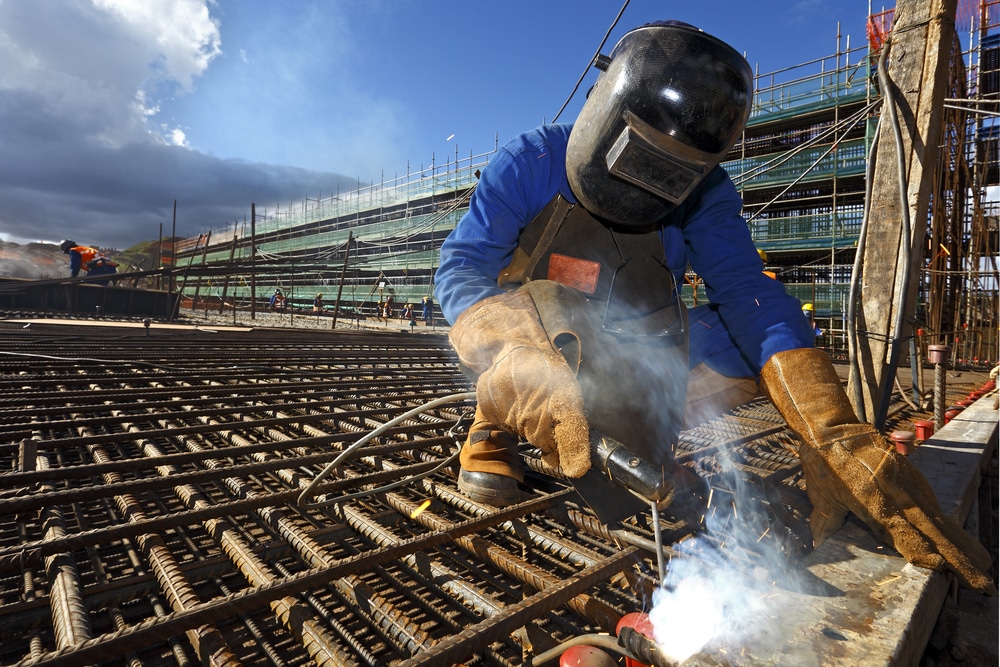
Ensuring the safety and security of a construction site is a prime consideration on any project. Unfortunately, many of the methods for maintaining the administrative order of a worksite are based on inefficient, error-prone and time-consuming manual procedures, which inevitably leads to problems. Digital technology, however, has the capability to revolutionise administrative control on-site.
It’s no secret that construction and infrastructure sites can be dangerous places to work. For example, in Belgium construction workers have the highest risk of work-related accidents. One of the reasons why sites are so hazardous is that there is sometimes a lack of rigor in implementing the related administrative processes. These processes are designed to make sure that exposure to this danger is limited, but this can’t be achieved if they are being bypassed, either deliberately or inadvertently.
For effective construction risk management and to reduce the likelihood and impact of serious accidents, the following elements are needed for every worker:
- The right skills, qualifications and training
- The right equipment and instructions
- The right insurance, work permits and identification documents.
Good admin on-site is vital
One of the main roles of the authorities is to ensure that all of these elements are correct and in place so that a maximal level of safety and security is achieved on-site. There are two important aspects to this process:
- The authorities carry out checks and controls on-site, and in the event of an issue, they will usually give fines to the company responsible for the worksite, the employer of the worker and the worker himself. These fines can affect not only the profitability of the project but also the reputation of the whole company in terms of administration security standards, which can have a huge negative impact on winning new work and recruiting workers.
- Construction companies often spend a lot of time reviewing the admin status of workers, such as checking the validity of documents and verifying the registers of safety and security training. Checking the legal requirements for construction workers is vitally important but it can also be a very laborious process.
But it doesn’t have to be like this. Today, digital tools have been developed to simplify these processes and allow construction companies clear access to the live status of their workers on-site. Features of these tools include:
- Mobile applications are available for site managers, security personnel, team leaders and other key people for on-site monitoring and to intervene and follow up on queries regarding worker status.
- Artificial intelligence solutions can recognise the content and validity of documents.
- A centralised follow up of the workers’ documentation and credits is straightforward.
- A decentralised document management platform allows general contractors to efficiently manage these aspects with subcontractors.
Digital tech also brings other benefits
Apart from enhancing the administrative processes to do with safety and security on-site, the use of digital technology has many other advantages such as improving construction planning and cost management and attracting younger workers into the industry. All of the signs clearly point towards digital technology becoming an increasingly important method of construction project management.
Setting
up and maintaining the safety and security of a site requires all stakeholders
to take action in terms of managing the workforce. It is beneficial for
everyone involved if these checks and processes are adapted to use digital
technology, which has the potential to be quicker, smarter, cheaper and less
prone to errors. This will increase the profitability of a project and also
enhance the professional reputation of the company.